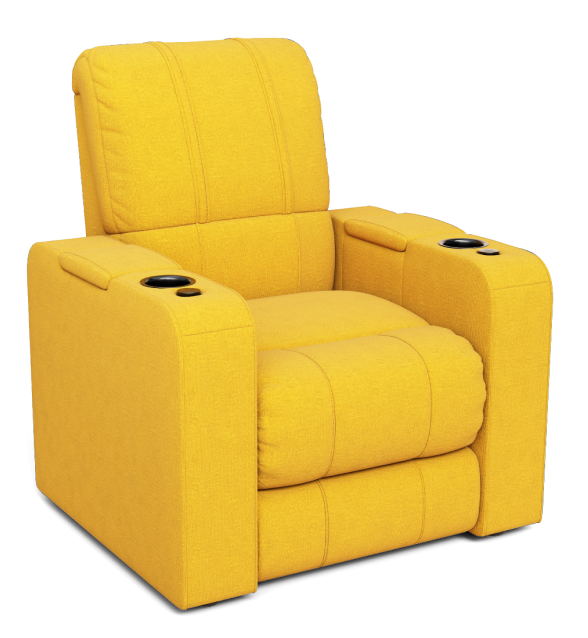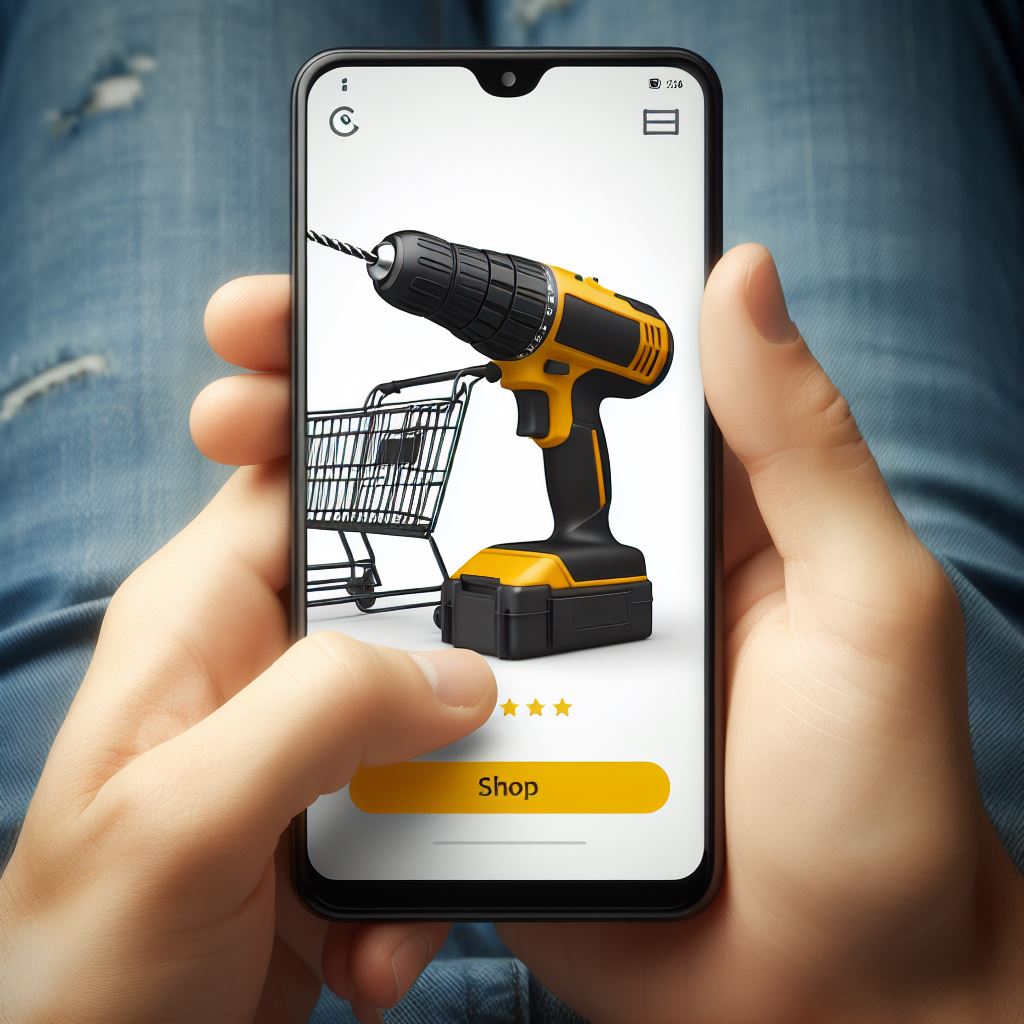Big box retailers have extensive product offerings and expansive floor spaces, defining them as large-scale retail stores. These retail giants play a significant role in the retail industry, catering to diverse consumer needs and preferences while offering competitive pricing and convenience. With their wide range of products, big box retailers have become go-to destinations for shoppers seeking variety, affordability, and one-stop shopping experiences.
The Shift to Online Shopping
In recent years, the retail landscape has undergone a significant transformation due to the exponential growth of e-commerce. The rise of online shopping platforms has revolutionized the way consumers shop, providing them with unparalleled convenience and accessibility to a vast array of products at their fingertips. This shift to online shopping has profoundly impacted traditional brick-and-mortar retailers and big box stores, compelling them to adapt their business models to meet evolving consumer expectations and compete in the digital marketplace.
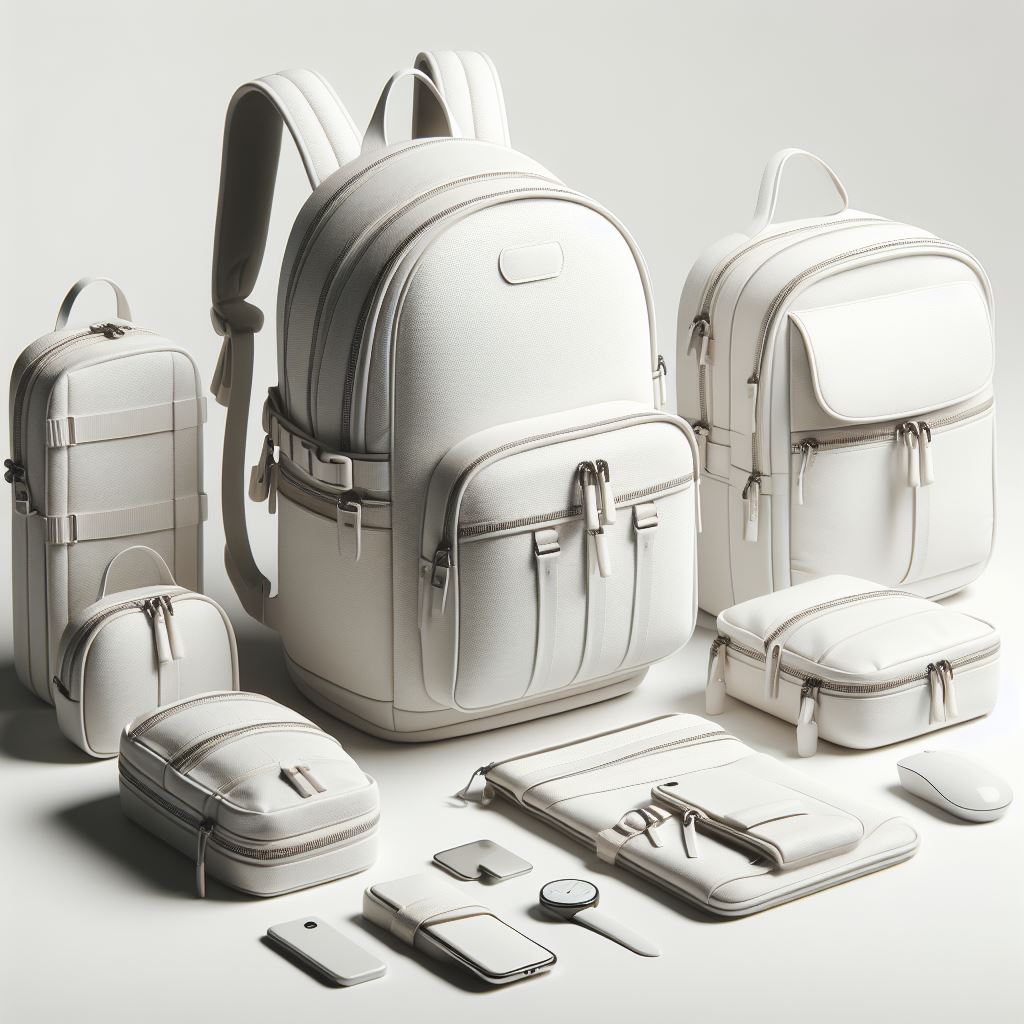
The Importance of Visuals in E-commerce
In the digital age, visuals play a crucial role in shaping consumers’ perceptions and influencing their purchasing decisions. High-quality product visuals are essential for creating engaging and immersive online shopping experiences that capture consumers’ attention and compel them to make informed purchase decisions. From detailed product images to captivating videos and interactive 3D models, visually appealing content enhances the online shopping journey, instilling confidence in consumers and driving conversion rates.
Introduction to 3D Product Modeling
Cutting-edge 3D product modeling revolutionizes online product showcasing and marketing. Unlike traditional product photography, which relies on 2D images to represent products, 3D product modeling involves creating three-dimensional digital replicas of products using specialized software and techniques. These photorealistic 3D models provide consumers with a more interactive and immersive shopping experience, allowing them to view products from multiple angles, zoom in on specific details, and even visualize products in real-world environments. By leveraging 3D product modeling, retailers can enhance the visual appeal of their online stores, differentiate their products from competitors, and create memorable shopping experiences that drive engagement and sales.
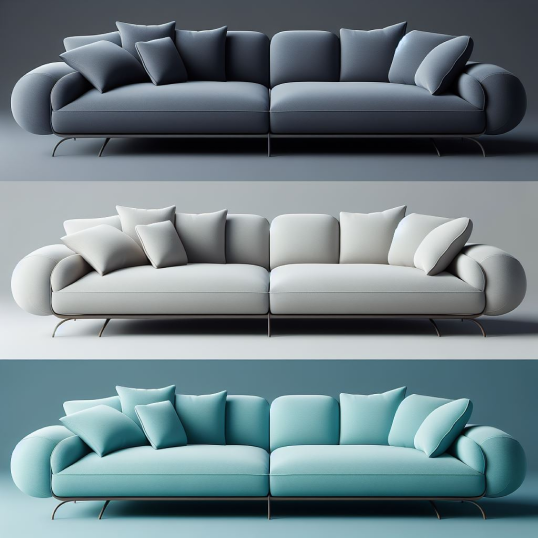
Benefits of 3D Product Modeling
Utilizing 3D models for showcasing products online offers a multitude of advantages, enhancing the overall shopping experience for consumers. One significant benefit is the increased interactivity and engagement that 3D models provide. Unlike traditional static images, 3D models allow shoppers to interact with products in a more dynamic way, enabling them to rotate, zoom in, and examine products from various angles. This heightened interactivity captivates consumers’ attention and fosters deeper engagement with the products, leading to a more immersive and satisfying shopping experience.
Augmented Reality (AR) in Retail
Augmented Reality (AR) technology overlays digital content onto the real-world environment, seamlessly blending virtual elements with the physical world. In the retail sector, AR has emerged as a powerful tool for enhancing the shopping experience and bridging the gap between online and offline retail channels. By leveraging AR technology, retailers can offer consumers interactive and personalized experiences, such as virtual try-ons, product visualizations, and interactive product demonstrations. Augmented Reality enables retailers to create immersive shopping environments that inspire confidence and drive purchase decisions.
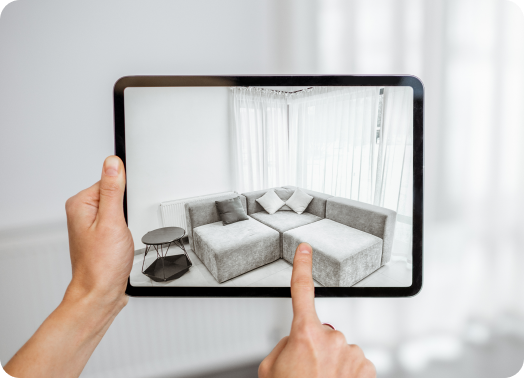
How 3D Product Modeling and AR Enhance the Shopping Experience
Statistics
Recent studies indicate a growing consumer demand for augmented reality experiences in retail, with approximately 75% of consumers expressing expectations for retailers to offer AR-enabled shopping experiences. This statistic underscores the increasing importance of AR technology in shaping the future of retail and enhancing the overall shopping experience for consumers.
Here are a few more mind-blowing statistics*:
- The AR & VR market is projected to generate revenue of US$38.6bn in 2024.
- This market is expected to grow at an annual rate of 10.77% (CAGR 2024-2028), resulting in a projected market volume of US$58.1bn by 2028.
- The largest market segment within AR & VR market is AR Software, which is expected to reach a market volume of US$13.0bn in 2024.
- The United States is the leading revenue generator in this market, with a projected market volume of US$10,260.0m in 2024.
- in the world, the number of AR & VR market users is expected to reach 3,674.0m users by 2028.
- The user penetration rate is projected to be 52.8% in 2024 and is expected to increase to 55.9% by 2028.
- The average revenue per user (ARPU) is expected to be US$6.2.
* https://www.statista.com/outlook/amo/ar-vr/worldwide
Use Cases
Diving into specific use cases, 3D product modeling and AR technology offer a wide range of applications that can revolutionize big box retailer shopping. For instance, virtual product try-ons allow consumers to digitally try on clothing, accessories, and cosmetics before making a purchase, reducing the need for physical store visits and enhancing convenience. In-home product visualization enables consumers to preview furniture, home décor, and appliances in their own living spaces, facilitating confident purchase decisions and minimizing returns.
Examples
Leading big box retailers like IKEA, Home Depot, and Walmart have embraced AR technology to enrich the shopping experience for their customers. IKEA’s AR app allows shoppers to visualize furniture and home furnishings in their own homes, while Home Depot’s AR features enable customers to virtually place appliances and tools in their desired spaces. Walmart’s AR app offers interactive product demonstrations and virtual shopping tours, enhancing engagement and driving sales. These examples showcase the transformative potential of 3D product modeling and AR in enhancing the shopping experience and driving business growth for big box retailers.
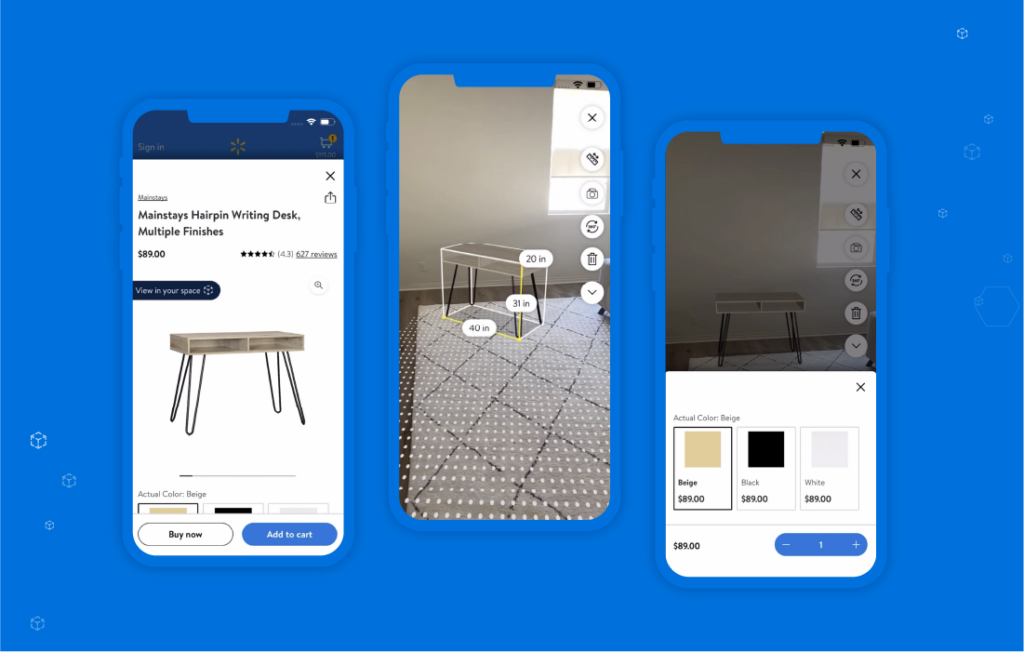
Challenges and Opportunities
The adoption of 3D product modeling and augmented reality (AR) presents both challenges and opportunities for big box retailers. On the one hand, there are technical challenges, such as the need for high-quality 3D models and AR applications that seamlessly integrate with existing systems and platforms. Operational challenges may include training staff to utilize new technologies effectively and managing the logistics of implementing AR experiences in-store. Additionally, ethical considerations, such as ensuring user consent and data protection, are paramount, especially concerning the collection and use of customer data in AR applications.
However, these challenges also present opportunities for innovation and differentiation in the retail landscape. By investing in quality 3D models and AR experiences, retailers can create immersive and engaging shopping environments that set them apart from competitors. Offering personalized and interactive experiences through AR can enhance customer satisfaction and loyalty, leading to increased sales and brand affinity.
Future Trends
Looking ahead, the retail industry is poised for further transformation with the emergence of technologies such as virtual reality (VR) and artificial intelligence (AI). VR has the potential to revolutionize the shopping experience by allowing consumers to explore virtual stores and interact with products in fully immersive environments. AI-powered solutions, such as personalized recommendations and virtual shopping assistants, can further enhance the customization and convenience of the shopping journey.
As these technologies continue to evolve, big box retailers must stay agile and adaptable to remain competitive in the rapidly changing retail landscape. By embracing emerging trends and investing in innovative technologies, retailers can future-proof their businesses and continue to deliver exceptional shopping experiences to their customers.
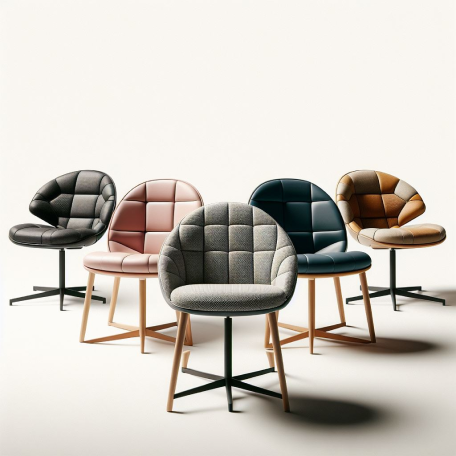
Expertise in 3D Modeling and AR for Big Box Retailers
Tulfa, a leader in 3D product modeling and AR, is at the forefront of revolutionizing big box retail. With a dedicated team working on projects for Fortune 500 companies, Tulfa enables retailers to leverage the power of 3D modeling and augmented reality to enhance the shopping experience and drive business growth. By overcoming technical, operational, and ethical challenges and embracing best practices, retailers can unlock the full potential of these technologies to create immersive and engaging shopping environments. As future trends such as virtual reality and artificial intelligence continue to shape the retail landscape, retailers must remain proactive in adopting innovative solutions to stay ahead of the curve. With Tulfa’s strategic approach and commitment to delivering exceptional customer experiences, big box retailers can thrive in the digital age and shape the future of retail shopping.
For more information, do write to us at: hello@tulfa.com

